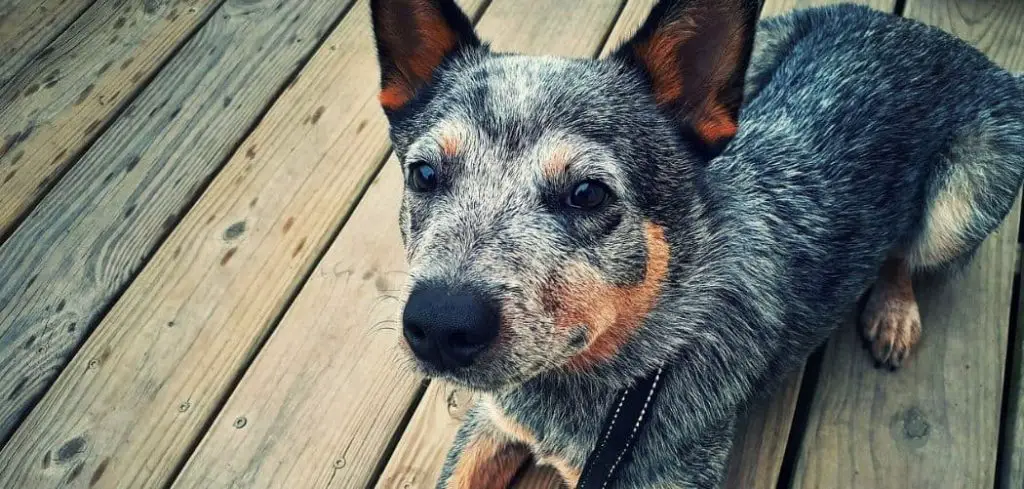When your dog is vomiting and not eating but drinking water, it can be confusing and concerning. On one hand, it’s a relief that your dog is still drinking; on the other hand, refusing food and vomiting are unmistakable signs that something is wrong.
Whether it’s a temporary stomach upset or a symptom of a deeper health problem, understanding what’s behind this behavior can help you take the right next steps to support your dog’s recovery.
Dog Vomiting and Not Eating but Drinking Water: Why It Happens
When a dog vomits and refuses food but continues to drink water, the cause may be gastrointestinal irritation, a mild viral or bacterial infection, exposure to toxins, an early sign of organ dysfunction, or stress-related nausea.
These underlying issues can affect your dog’s appetite and digestion while still triggering thirst or dehydration.

Dog Vomiting and Not Eating but Drinking Water: Common Causes
1. Mild Gastrointestinal Upset or Empty Stomach Syndrome
One of the most common causes of a dog vomiting and not eating but drinking water is simple digestive irritation.
This can happen if your dog ate something fatty, unfamiliar, or even spoiled.
In many cases, an empty stomach only makes it worse—leading to bile vomiting and appetite suppression.
Dogs experiencing mild stomach upset may avoid food temporarily but still seek out water to soothe nausea or remain hydrated.
If vomiting is infrequent and your dog remains active, this condition may resolve with rest and bland meals.
2. Dietary Indiscretion or Toxin Exposure
Dogs are notorious for eating things they shouldn’t—trash, grass, table scraps, or even household chemicals.
If your dog has ingested something irritating or toxic, vomiting may be the body’s attempt to expel it.
Many dogs will stop eating due to nausea, but continue drinking water either out of thirst or to soothe their throat.
Ingesting certain human foods, plants, or cleaning agents can cause vomiting, appetite loss, and even more serious symptoms.
If vomiting persists or you suspect your dog ingested a toxin, contact your veterinarian or an emergency clinic immediately.
Related: Dog vomiting and not eating (Causes and when to worry)
3. Early-Stage Infection or Illness
Viral and bacterial infections—like parvovirus, leptospirosis, or bacterial gastroenteritis—can cause vomiting, loss of appetite, and a variety of other symptoms.
In early stages, your dog may drink more water but avoid food due to nausea or fever.
It’s important to note whether your dog also has diarrhea, lethargy, or a change in behavior.
If these symptoms appear alongside vomiting and not eating, your vet may need to perform diagnostic tests to confirm the cause.
4. Pancreatitis or Liver Issues
Pancreatitis is a painful inflammation of the pancreas that can lead to vomiting, lethargy, and refusal to eat.
Some dogs may continue to drink water but won’t touch food because eating worsens the discomfort.
Similarly, liver disease interferes with digestion and can result in nausea, vomiting, and appetite changes while leaving water intake unaffected—or even increased.
Both of these conditions require veterinary evaluation. Bloodwork and possibly imaging are often needed to make a diagnosis and begin treatment.
Related: Dog Vomiting After Drinking Water and Not Eating (Here’s why)
5. Stress, Anxiety, or Motion Sickness
Just like people, dogs can vomit when they’re stressed or anxious.
A recent change in environment, loud noises, new people, or travel may upset your dog emotionally and physically.
Some dogs will avoid eating entirely but still drink water, especially if the stress is short-lived or mild.
If your dog vomits occasionally during car rides or boarding, it may be due to motion sickness or emotional distress.
Providing a calm environment and maintaining routine feeding can help reduce stress-related vomiting.
What to Do If Your Dog Is Vomiting and Not Eating but Drinking Water
If your dog vomits once or twice and still drinks water but refuses food, you can often manage the situation at home—at least initially. Here are steps to follow:
Withhold food for 8–12 hours, but allow access to fresh water or offer ice cubes to prevent dehydration.
After the fasting period, try feeding a bland diet such as boiled chicken and plain rice in small portions.
Monitor your dog’s energy, hydration, and behavior, noting any worsening symptoms.
Avoid giving treats, table scraps, or new foods during recovery, as these can further irritate the digestive tract.
Keep your dog calm and limit physical activity while their body rests.
If vomiting continues or your dog shows additional symptoms, don’t wait to call your vet.
When to Call or Visit Your Vet
You should contact your veterinarian if your dog is vomiting and not eating but drinking water and:
Vomiting lasts more than 24 hours or becomes frequent
Your dog becomes lethargic, weak, or trembles
You see blood in the vomit or stool
Your dog shows signs of pain, bloating, or fever
There is also diarrhea, shaking, or a noticeable behavioral change
Your dog is a puppy, senior, or has chronic health conditions
A vet can perform diagnostic tests such as bloodwork, x-rays, or ultrasound to determine the underlying cause and recommend appropriate treatment.
Key Takeaway
When your dog is vomiting and not eating but drinking water, it can feel like a mixed signal—but it’s still a warning that shouldn’t be ignored.
Drinking water may provide temporary comfort, but the underlying issue needs attention, especially if vomiting persists.
Whether it’s a mild case of upset stomach or the beginning of something more serious, your quick action can make all the difference in your dog’s recovery.
Pay close attention to changes, don’t hesitate to reach out to your vet, and always trust your instincts when something feels off with your furry friend.
